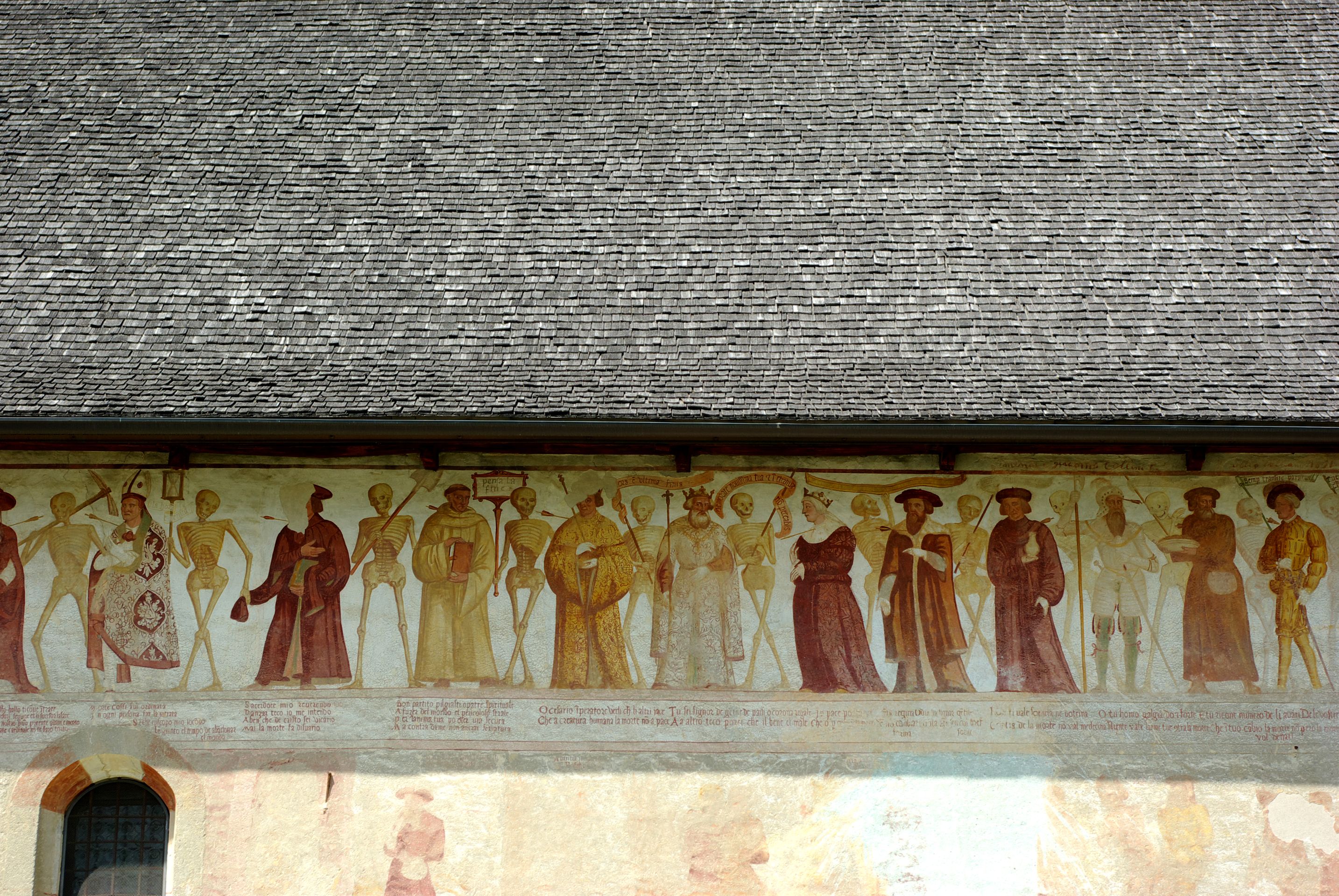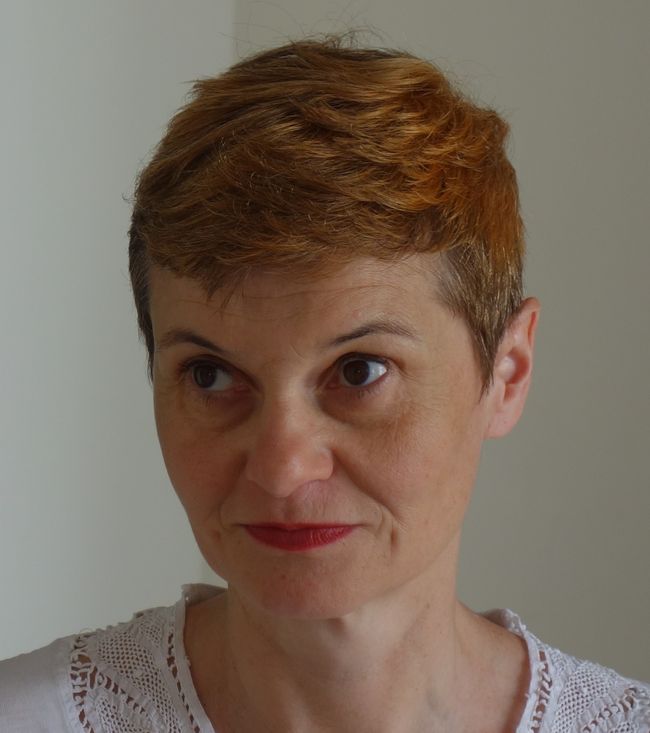Escapism into the world of frescoes
Hoʻopuka ʻia: 17.10.2020
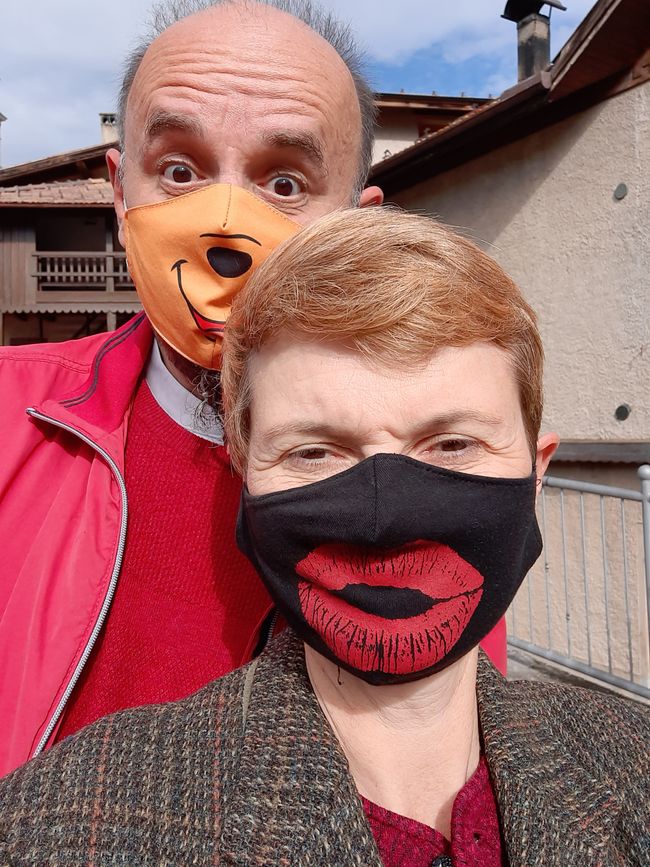
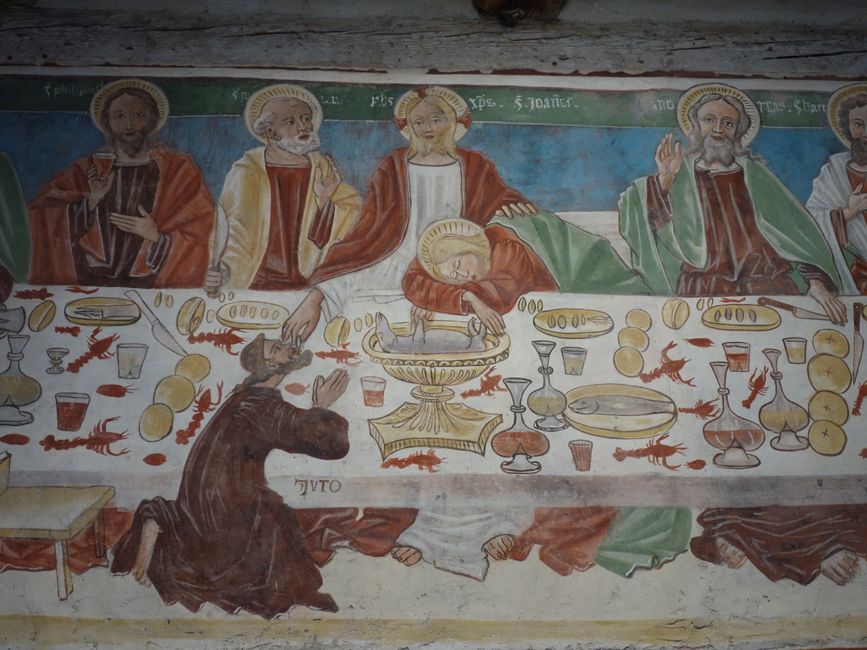

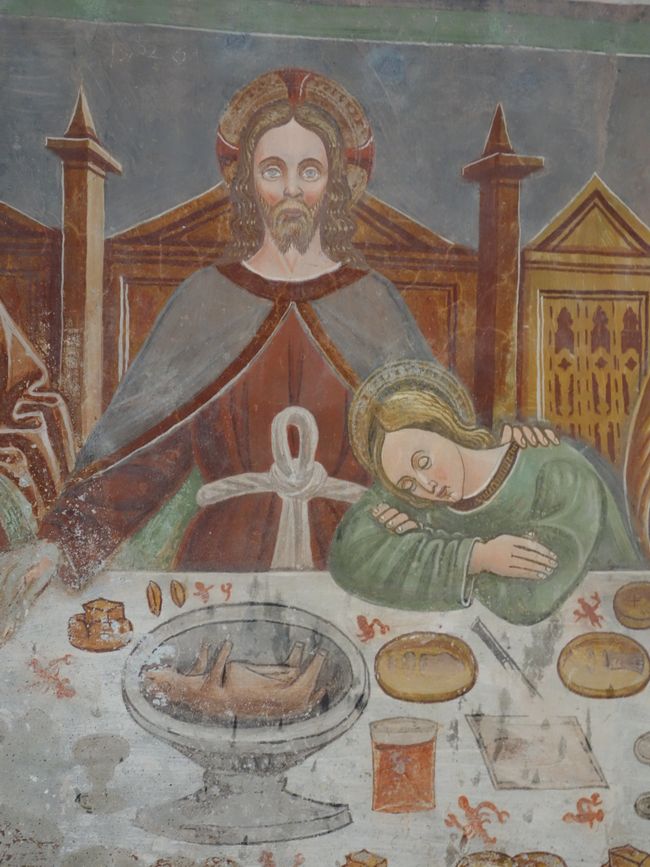
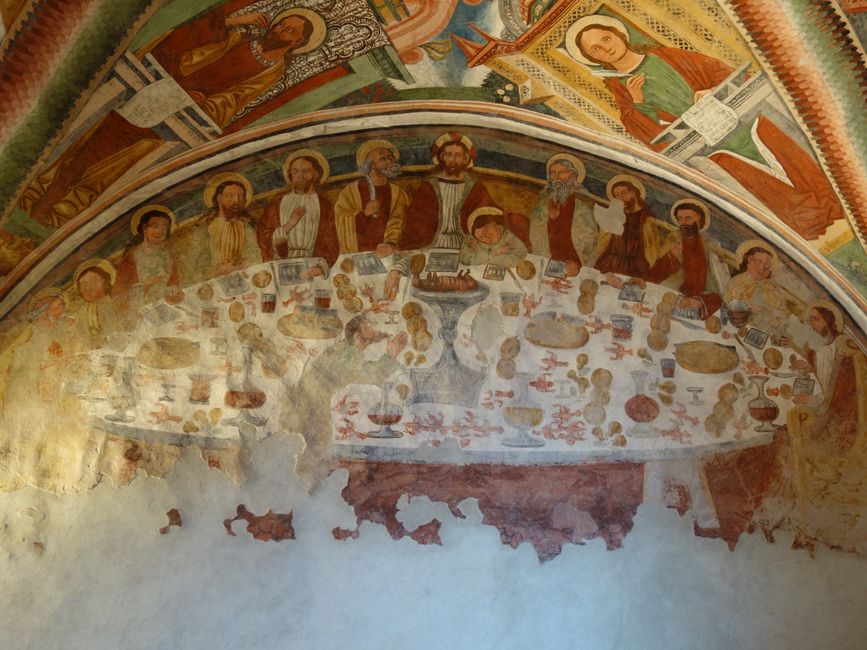
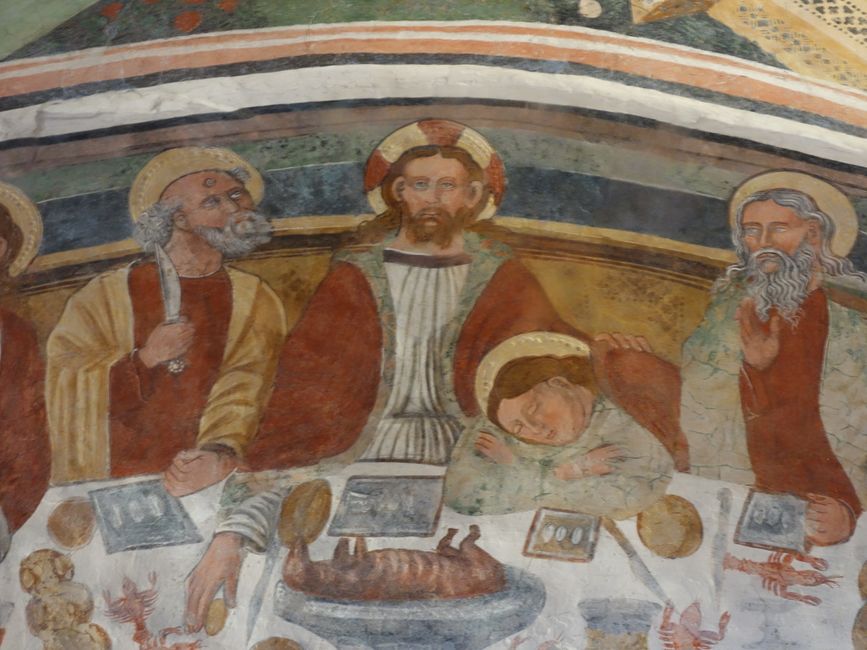
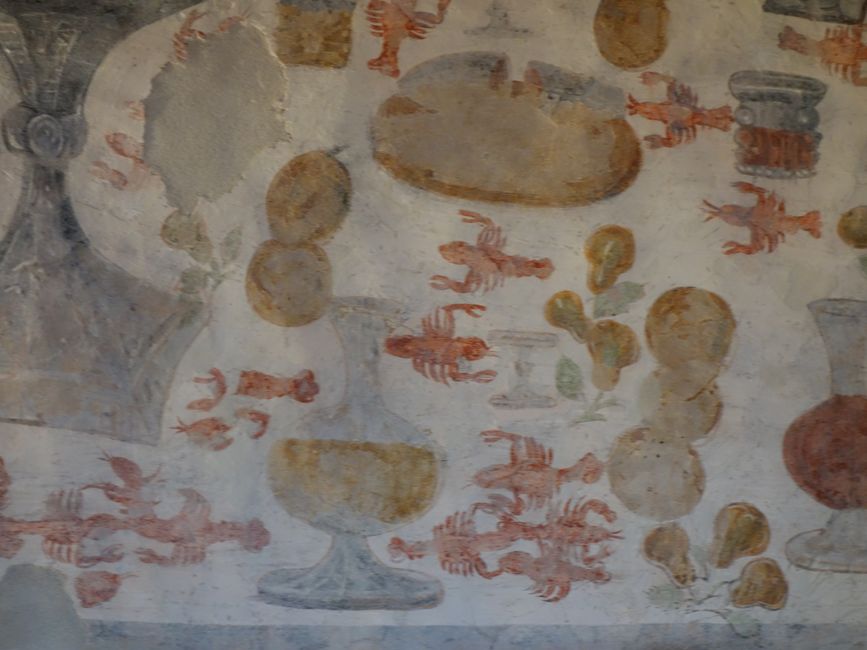
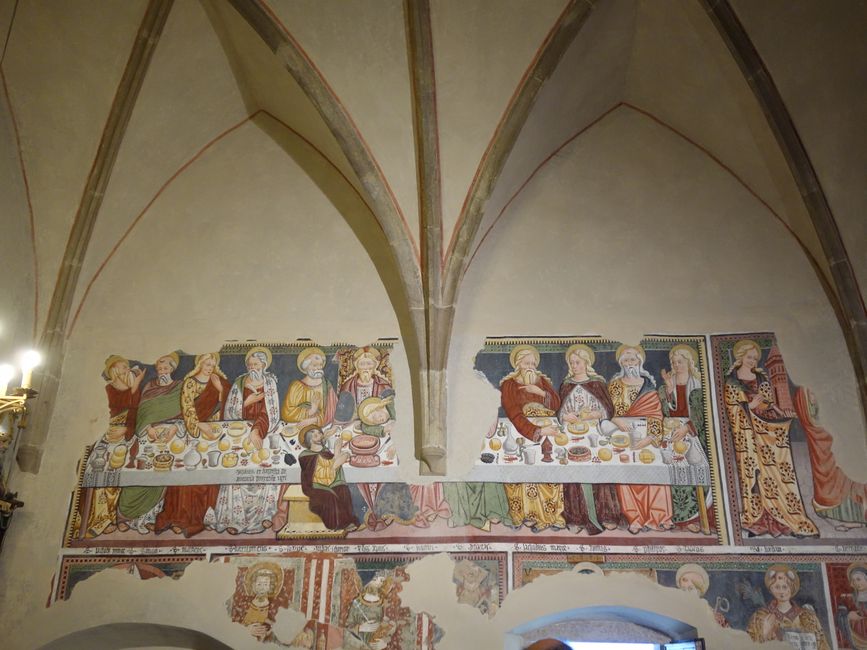
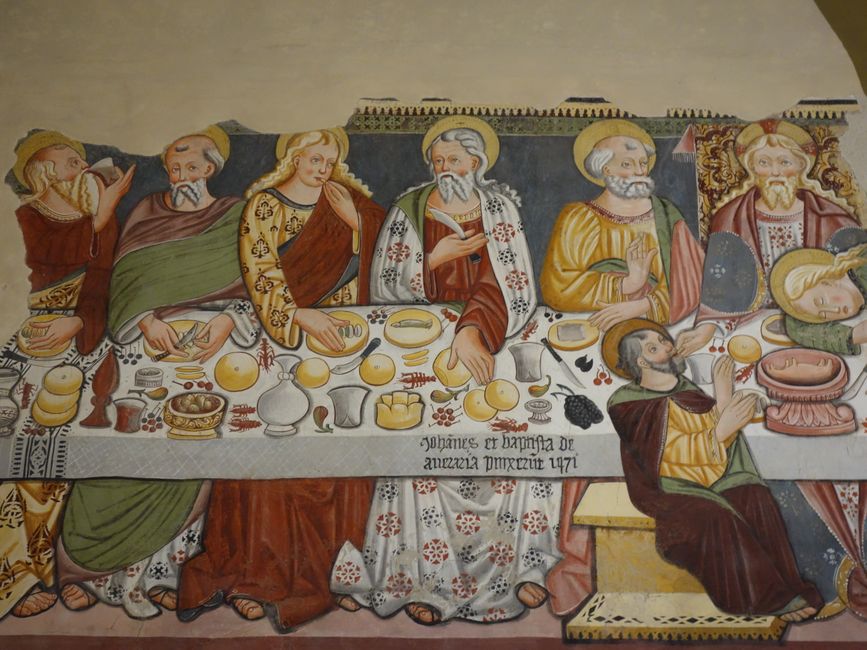
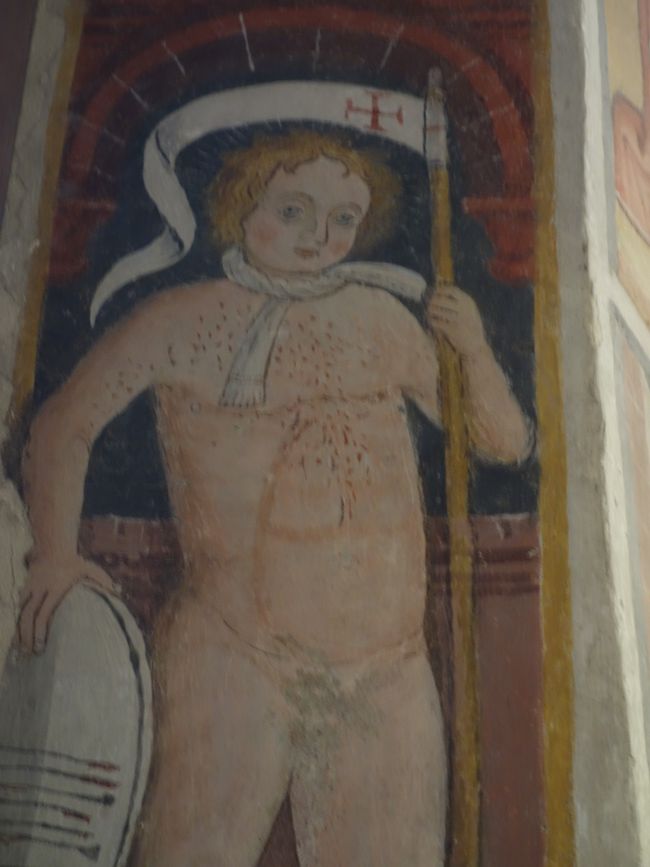
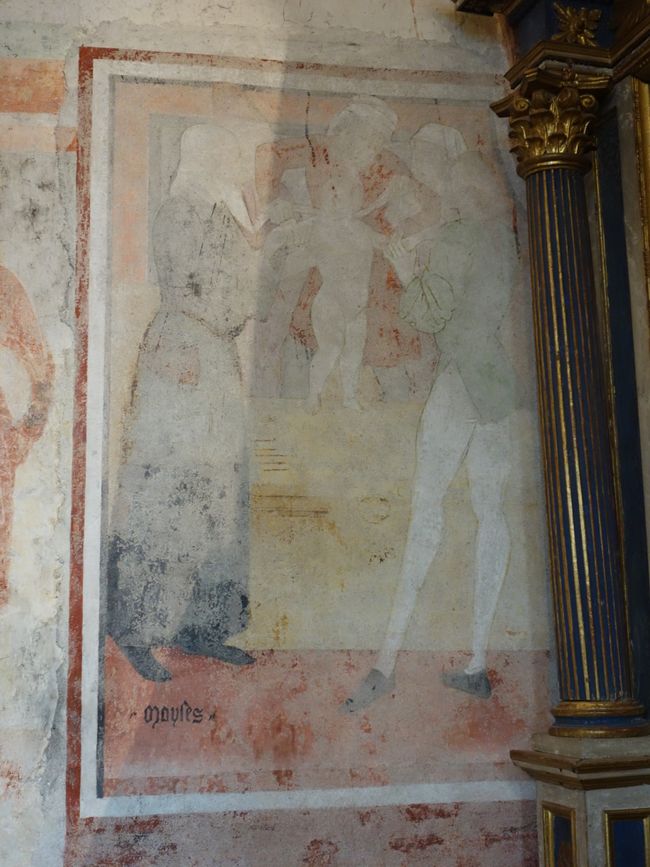
Kau inoa i ka Nupepa
We actually managed to visit all 40 churches. Almost all pastors, sacristans, and volunteers were present or had opened the church on time. Only on the last day, we were faced with closed doors three times, but after reminding them via phone, these problems were quickly resolved as well. In some churches, the alarm system prevented us from closely observing the frescoes, which are often hidden behind the high altar in the apse - even there, Roby managed to find a nice person who deactivated the alarm system for us. We are grateful to all the kind people who opened their churches for us and sometimes explained them in great detail. None of them wanted any money in return (although we usually left a donation for the church). We felt a bit like beings with two heads - almost everyone asked how we came to have this passion for the Baschenis. The explanation is simple: in 2015, I traveled with my mother in South Tyrol and Trentino. In Carisolo (which is the church with Simone II's earlier danse macabre on the exterior facade, not as well preserved as the famous one in Pinzolo), we received a brochure from the Province of Trento that listed all the churches where the Baschenis had painted: a proper little travel guide with photos and good texts. We found it funny that there are painters who are not bad at all and whom even the really interested art connoisseurs have never heard of - and this Tour dei Baschenis had been planned for a long time, but, as already mentioned at the beginning, for when we were older.
We really enjoyed the little trip - and it had a side effect that we had not anticipated. The constant immersion in the frescoes freed us from the oppressive world of the pandemic for a few days. Yes, we wore masks during the visits, which was particularly funny for me because my glasses fogged up with every breath - that was extremely helpful when viewing the frescoes. Yes, people wore masks outdoors, even though they did not have to do so frequently according to the legal situation - out of uncertainty, fear (of high fines and the disease), or consideration. It is unsettling to see people walking alone in the mountains wearing masks, knowing that there is deceptive information policy behind it. But for me, the worst was being in Trento, where almost everyone wore masks. It was downright ghostly - and not even required. We only put on our friendly masks where it got crowded - the police, who watched over everything strictly, had no problem with it, but some passers-by did, as their angry glances showed, because almost everyone was convinced that masks had to be worn outdoors under all circumstances - and not only when one could not maintain the safety distance, as prescribed by the ordinance. In any case, I would advise against city trips as long as such misunderstandings could prevail - and escape into the world of the Baschenis once again.
One of their favorite motifs was the Last Supper, in which the traitor Judas always sits on the other side of the table alone, painted as a caricature of a Jew, clearly betraying anti-Semitic attitudes (of commissioners and painters). The table is always abundantly set, and there are always numerous crayfish among the dishes. The crayfish, omnipresent in the Trentino streams during the time of the Baschenis and a typical poor people's food, are a particularity of the Baschenis' Last Suppers. But in classical iconography, they are an absolute no-go on the table for the Jews (whose Passover table is actually depicted) because they are not kosher, and for Christians, they are a symbol of evil. The photos offer another comparison between the painting family members.
By the way, we noticed with interest that there is also a version of Anderl von Rinn in Trentino. The old large Tyrol seems to have been a good breeding ground for such anti-Semitic legends. We have seen numerous frescoes by the Baschenis depicting the 'beato' Simonino: a little boy who allegedly was killed by Jews from Trento in 1475 (Anderl is purportedly murdered in 1462). In reality, the church wanted to justify Jewish pogroms; it did not officially distance itself from these legends until the second half of the 20th century: in Trento in 1965 and in Innsbruck in 1994.
Kau inoa i ka Nupepa
Pane
